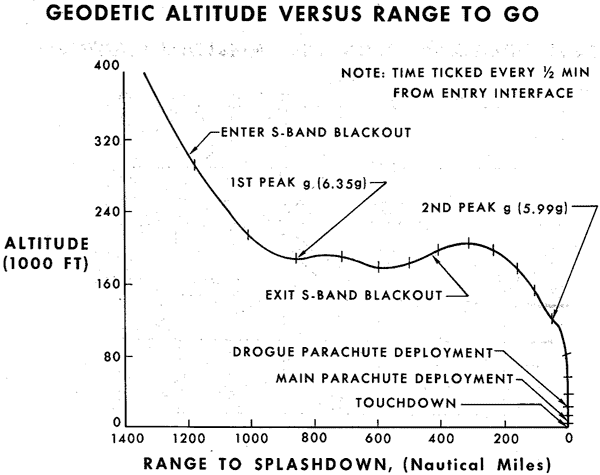Marijn
Active member
One of the things I like most doing in Orbiter is reentering earth's atmosphere for landing on a base. My goal is to plan a burn while in a parking orbit around the moon in such a way that no additional corrections are needed in order to fly all the way to the base, like Dimitri and Tex show in their video's using the IMFD Course Delta Velocity Program in combination with the Map program.
To take this to the next level, I want to avoid the need to make last-minute corrections by banking while flying through the atmosphere. The wings should be level all the way (except for rolling over) and I want to end up within 1 kilometer or so.
The Map programs displays an Ang value. My question: What does this value mean exactly and how can I calculate the value which will bring me all the way home?
I have done a lot of testing lately. My current understanding of this Ang value is that it is no angle, but the amount of degrees longitude to the base at periapsis-time relative to the orbital plane.
Here comes the problem: Because @periapsis, you're not home yet. There's still some distance to cover. In my particular scenario, I know a value of 1.33 will bring me exactly over the base without any banking. So my question is: How can I calculate this value outside of earth's SOI?
I noticed that the stock Map MFD in Oribit-Plane mode shows the line exactly over the base at periapsis time when 0.0 is used. When switched to Ground Track, the line will exactly predict the actual offset to the base at the time of arrival.
So what's the difference between the Orbit Plane and Ground Track? I know Ground Track also predict future orbits. But I struggle to understand why there is a little difference between these lines for the same orbit. I feel that the difference between those lines is exactly the value I am trying to calculate.
In my test flights, I did set the periapsis at 120km to avoid any braking. I do expect that actually braking requires another offset which needs to be calculated so it can be part of the Ang value, but I'll worry about that later.
Thanks for any help on this.
To take this to the next level, I want to avoid the need to make last-minute corrections by banking while flying through the atmosphere. The wings should be level all the way (except for rolling over) and I want to end up within 1 kilometer or so.
The Map programs displays an Ang value. My question: What does this value mean exactly and how can I calculate the value which will bring me all the way home?
I have done a lot of testing lately. My current understanding of this Ang value is that it is no angle, but the amount of degrees longitude to the base at periapsis-time relative to the orbital plane.
Here comes the problem: Because @periapsis, you're not home yet. There's still some distance to cover. In my particular scenario, I know a value of 1.33 will bring me exactly over the base without any banking. So my question is: How can I calculate this value outside of earth's SOI?
I noticed that the stock Map MFD in Oribit-Plane mode shows the line exactly over the base at periapsis time when 0.0 is used. When switched to Ground Track, the line will exactly predict the actual offset to the base at the time of arrival.
So what's the difference between the Orbit Plane and Ground Track? I know Ground Track also predict future orbits. But I struggle to understand why there is a little difference between these lines for the same orbit. I feel that the difference between those lines is exactly the value I am trying to calculate.
In my test flights, I did set the periapsis at 120km to avoid any braking. I do expect that actually braking requires another offset which needs to be calculated so it can be part of the Ang value, but I'll worry about that later.
Thanks for any help on this.

